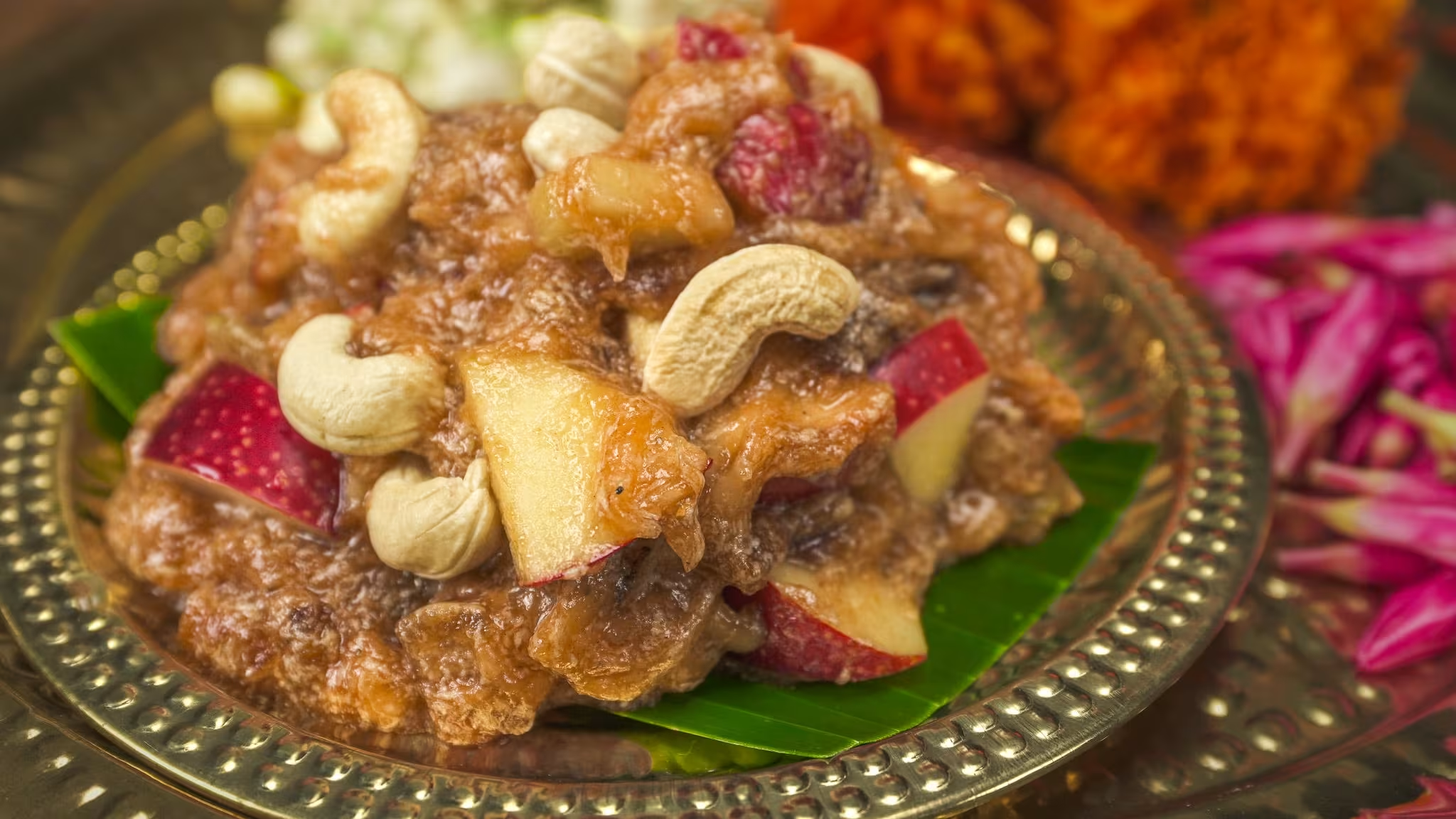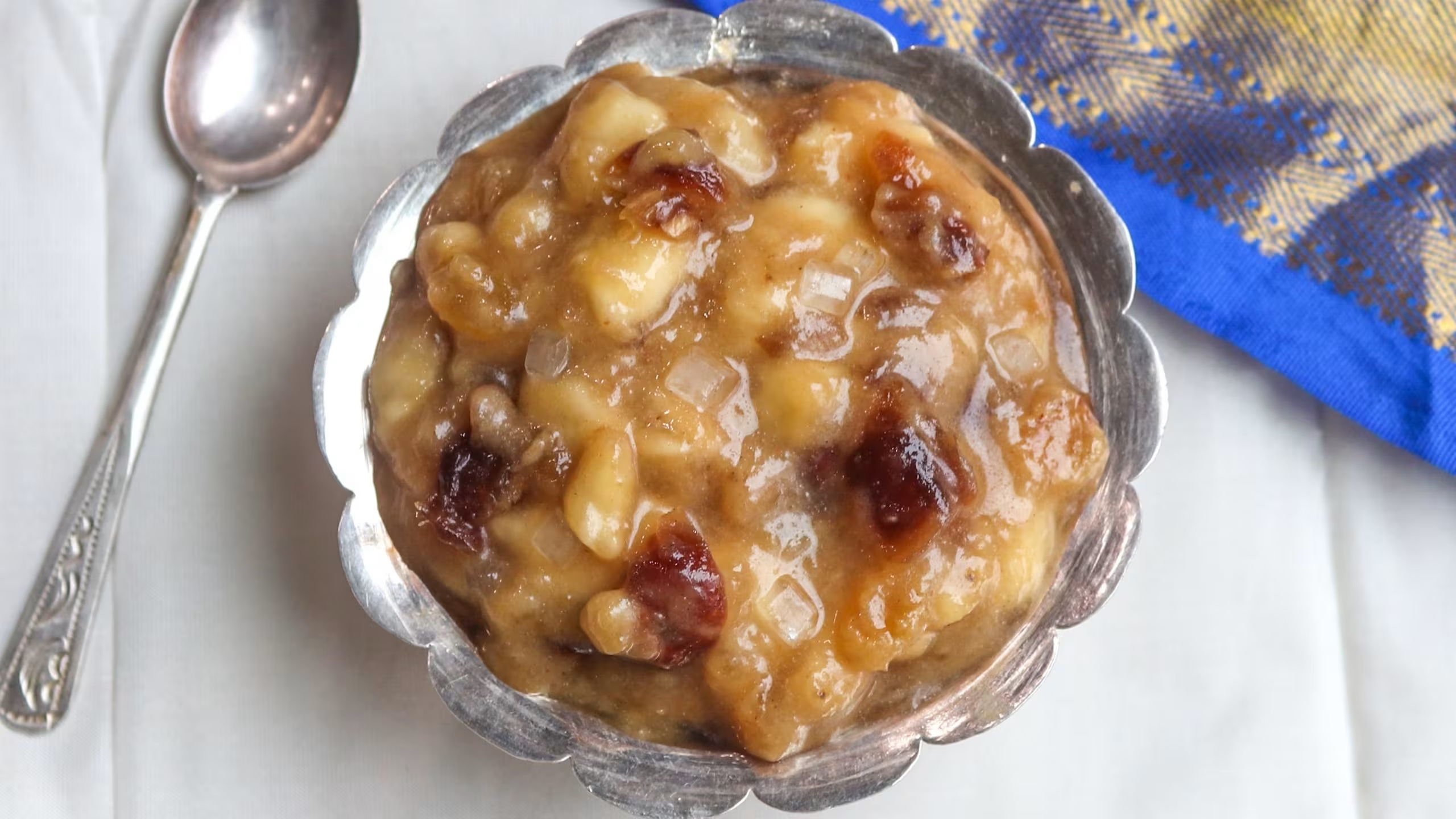
Delightful Panchamirtham Recipe: A Sacred South Indian Offering
Written by Jessica Lopez
Published at 15-11-2022
Edited on 03/24/2025 | 07:29 AM
Dessert RecipesCourse: Prasad/Dessert
Cuisine: Indian
Difficulty: Easy
Servings
4-6 servings
Prep Time
15 minutes
Cooking Time
0 minutes
Total Time
15 minutes
Fat
10g
Protein
3g
Carbs
40g
Calories
250 kcal
Panchamirtham is a traditional South Indian prasadam, often offered during religious ceremonies and festivals. This delicious sweet dish is a harmonious blend of five key ingredients, each holding cultural significance and health benefits. Often prepared for special occasions, panchamirtham is not only a feast for the taste buds but also a symbol of spirituality and devotion.
The name 'Panchamirtham' itself translates to 'five nectars,' which refers to the combination of jaggery, banana, ghee, cardamom, and honey that create a rich, flavorful experience. Preparing panchamirtham is relatively simple, making it accessible for everyone from seasoned cooks to beginners. The vibrant colors and delightful aroma make it an inviting addition to any festive table. Whether you are celebrating a festival like Navaratri or Diwali, or simply want to enjoy a delicious, nutritious treat, this recipe is sure to impress. Beyond its taste, panchamirtham is packed with nutrients.
The bananas provide potassium, jaggery offers a healthier alternative to refined sugar, and the spices like cardamom not only enhance the flavor but also aid digestion. The combination of ingredients makes it a wholesome snack or dessert that can be enjoyed by all ages. In this easy-to-follow recipe, we will guide you through each step to prepare your own panchamirtham at home. So, gather your ingredients, and let’s embark on a delicious journey to create this divine delicacy that’s bound to be a hit at your next gathering!.


